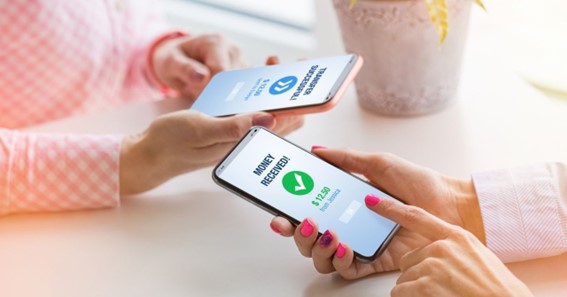Are you curious to know what is transaction pin? You have come to the right place as I am going to tell you everything about transaction pin in a very simple explanation. Without further discussion let’s begin to know what is transaction pin?
In today’s digital era, financial transactions have become more convenient and accessible than ever before. However, with the increasing prevalence of online banking, mobile payments, and e-commerce, ensuring the security of these transactions has become a top priority. One crucial element in safeguarding financial transactions is the Transaction PIN (Personal Identification Number). In this blog post, we will delve into the concept of the Transaction PIN, its purpose, and its role in ensuring security and authorization.
What Is Transaction Pin?
A Transaction PIN is a numeric code used to authenticate and authorize financial transactions. It serves as a personal identification credential, acting as a layer of protection against unauthorized access to funds and sensitive financial information. The PIN is typically associated with a specific payment card, bank account, or digital wallet, and it is required to validate and authorize transactions.
Purpose And Significance:
- Security and Fraud Prevention: The primary purpose of a Transaction PIN is to enhance the security of financial transactions. It acts as a unique identifier for the account holder, preventing unauthorized individuals from accessing funds or making fraudulent transactions. The PIN serves as a personal secret code known only to the account holder, adding an extra layer of security.
- Authorization and Verification: A Transaction PIN is used to authorize and verify the account holder’s consent for a transaction. It ensures that the person initiating the transaction has the necessary authority to do so. Without the correct PIN, the transaction cannot be completed, mitigating the risk of unauthorized transactions.
- Online and Mobile Banking: In the realm of online banking and mobile applications, Transaction PINs play a crucial role in securing transactions conducted through these platforms. When transferring funds, making bill payments, or conducting other financial activities online, the Transaction PIN is required to authenticate the account holder’s identity and authorize the transaction.
- Payment Cards and Point of Sale (POS) Terminals: Payment cards, such as debit cards and credit cards, are often protected by Transaction PINs. When making purchases at point-of-sale (POS) terminals or withdrawing cash from ATMs, the PIN is entered to validate the transaction and confirm the cardholder’s identity.
Best Practices For Transaction Pins:
To maximize the security of financial transactions, it is essential to adhere to best practices regarding Transaction PINs:
- Create a Strong and Unique PIN: Choose a PIN that is difficult to guess, avoiding commonly used numbers like birthdays or sequential patterns. It is recommended to use a combination of numbers, letters, and symbols to create a strong and unique PIN.
- Memorize the PIN: Avoid writing down the PIN or sharing it with others. Memorize it to prevent unauthorized access to your account.
- Regularly Update the PIN: Periodically update your Transaction PIN to maintain security. Avoid using the same PIN across multiple accounts or platforms.
- Protect PIN Entry: When entering your PIN at ATMs or POS terminals, shield the keypad with your hand or body to prevent others from observing the code.
Conclusion:
The Transaction PIN is a vital component in ensuring the security and authorization of financial transactions. It acts as a personal identification credential, protecting funds and sensitive financial information from unauthorized access. By adhering to best practices and understanding the significance of Transaction PINs, individuals can enhance the security of their financial transactions and safeguard their financial well-being in the digital age.
FAQ
How Do I Find My Transaction Pin?
Visit the website of the bank or institution that issued your card. Most banking sites contain a section where users can view their account details and make changes to various settings and preferences. This is where you’ll be resetting your PIN.
Is Transaction Pin The Same As Atm Pin?
The transaction PIN is a four-digit number of your choice used for online transfers and payments only. It is not linked to your debit card PIN or any other PIN you have at First Citizens. If you have forgotten your transaction PIN, you can reset it from your personal online banking.
What Is Transaction Pin Code?
PIN (Personal Identification Number) is a 4-digit code unique to each ATM card that ensures that the card user or account holder is carrying out the transactions.
How Do I Set A Transaction Pin?
Create a Transaction PIN
- Dial *737*5#
- Input the last 6 digits of your Debit Card.
- Create your 4-digit PIN.
I Have Covered All The Following Queries And Topics In The Above Article
What Is Transaction Pin In Bank Of Baroda
What Is Transaction Pin
What Is Transaction Pin In Bob
What Is Transaction Pin In Union Bank
What Is Transaction Pin In Bob World
What Is Transaction Pin In Kvb
What Is Transaction Pin
What is transaction PIN and how can I get it
What is transaction pin?
